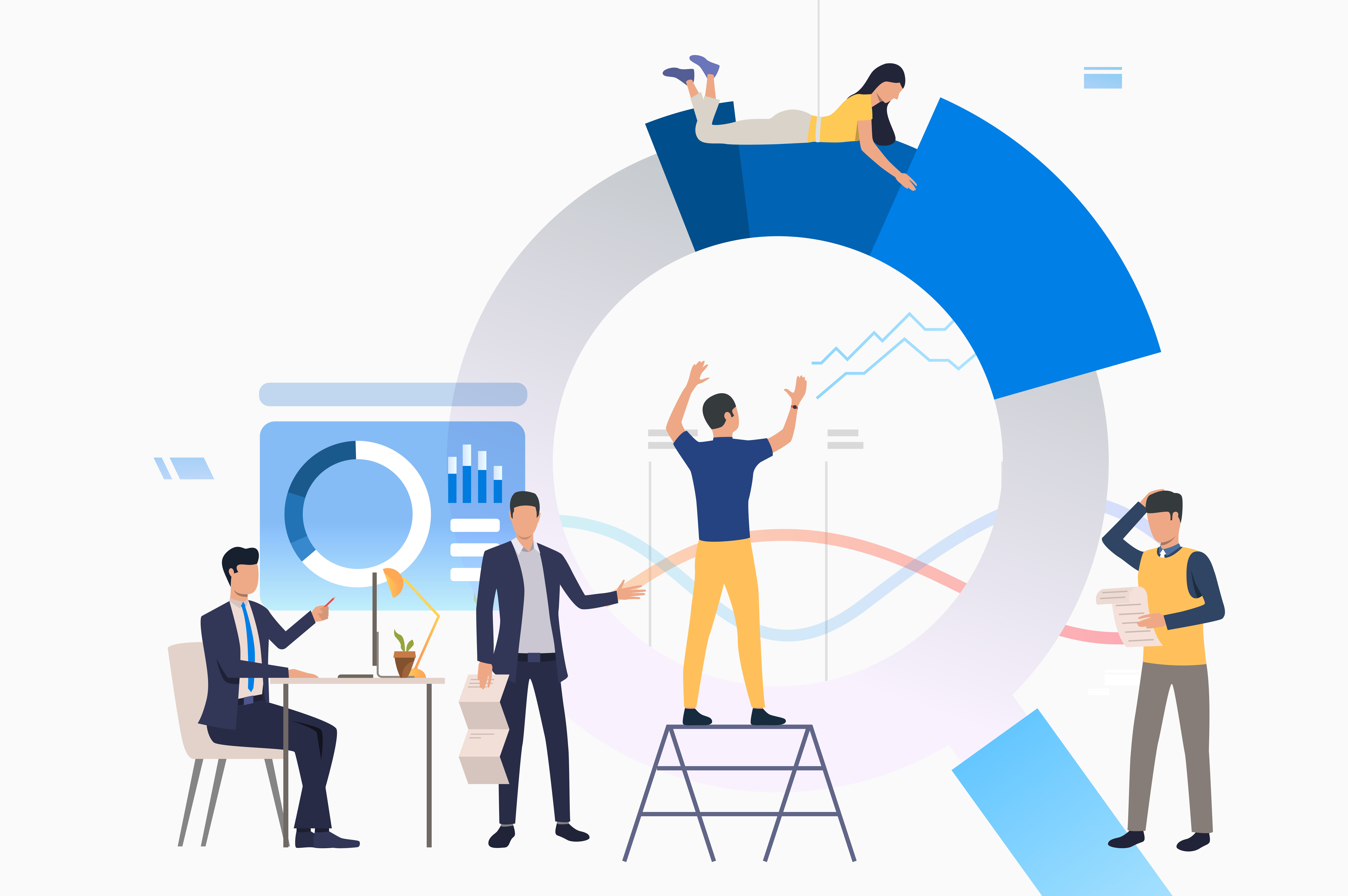Let’s just state the obvious: the realm of people analytics can be intimidating. In 2017, Deloitte’s Global Human Capital Trends Report revealed that, “While 71 percent of companies see people analytics as a high priority in their organizations, progress has been slow.” Fast forward to now and it’s encouraging to see the progress organizations are making, albeit also slightly scary. Understanding people analytics and how it can drive a business forward isn’t the future, it’s the here and now. For small organizations around the world, implementing solutions that don’t require heavy lifting (or a ton of investment), but provide greater people insights, is a powerful evolution.
However, the reality is, small-to-mid-sized companies arestill trying to find the on-ramp when it comes to people analytics. While largerorganizations have had a head start, small-to-mid-sized companies with smallerbudgets and managers who are simply trying to keep their heads above water mayfind embarking on a people analytics journey daunting. Most of these organizationscontinue to utilize traditional business performance tools and manual processeswhen it comes to their people and thus surface only a fraction of the valuableinsights.
Traditional business performance tools come in many shapesand sizes, but the fact remains that most are focused on looking through therear-view mirror. Today, managers want to leverage data to better lead theirteams, but they lack the time to sift through and glean the insights they needabout each individual employee. Artificial Intelligence (AI) is a game changerfor managers in that it can take the leg work out of sifting through all thedata that teams and companies are generating, and making it easier to surfaceinsights managers can act on.
Performance management tools powered by AI and utilizingmachine learning give organizations the ability to make predictions and lookthrough the windshield. AI-powered tools are all about providing insights youwouldn’t normally have discovered and, in most cases, shouldering the burden ofrepetitive tasks. This makes it easier for managers to be better in theircrucial role by giving them the ability to lead with a front foot advantage. The potential impact of leveraging AIand machine learning in the employeeexperience is tremendous – consider the implications of understanding yourteam and their behaviors in real-time, finally being able to be proactive inyour approach to management, and truly leading with data-driven insights. Thoseare game changing moments.
A similar game changing moment is the fact that 75%of the global workforce will be comprised of millennials by 2030. Thisgroup is already comprised of managers or will quickly become managers. Theyexpect to manage – and be managed – differently than previous generations. Theywant to be understood on an individual level and to be managed to theirstrengths and personality. This generation also has much broader access toinsights and data than ever before and companies are generating more data, andfaster, with their extensive use of cloud tools.
Arguably, the biggest struggle a company goes through whilegrowing is buildinga great set of managers that consistently get the best out of their teams. Infact, 70% ofthe variance in team engagement is explained by the quality of the manager.We liken it to running around with your shoes untied – the probability of afall is high. It’s the same situation for growth-mode companies - they’retrying to run fast, but if their managers and teams aren’t well trained andwell equipped, they will likely trip up and fall on their journey.
As companies scale, they inevitably add departments ofpeople and along the way implement some sort of technology to support them. Itcould be a customer relationship management or support system, a projectmanagement tool, or even an applicant tracking system. Very often the peoplewithin those departments are using the tools for their group as well as toolsthat have been provided to other departments. This leads to a huge abundance ofdata, but makes it nearly impossible to manually compile and analyze it acrossall systems. Managers don’t have the time or often the data skills to derive usefulinsights from this data, so it just sits idly in the background. The digitalfootprint an employee maintains is incredibly valuable, but organizations mustfind a way to surface the powerful recommendations and insights for bothmanagers and employees that help them save time, be more productive, andperform better.
Peoplelogic.ai exists to bring the power of people analytics to small and medium sized businesses. The platform surfaces the insights already being captured in their systems to help managers be more effective. Our mission is to help their teams become higher performing and help the company continue to grow with less risk as it scales. In small companies, part of the reason managers fail their people is because they’re trying to be a manager and individual contributor. So, we built Peoplelogic.ai to help them be better at both.
About Peoplelogic.ai
Peoplelogic.ai gives managers actionable recommendations and insights that help spot and correct problems on your team and between the other teams you work with, before you miss your goals. Get started for free.
Recent Posts
Browse all articles


.svg)



